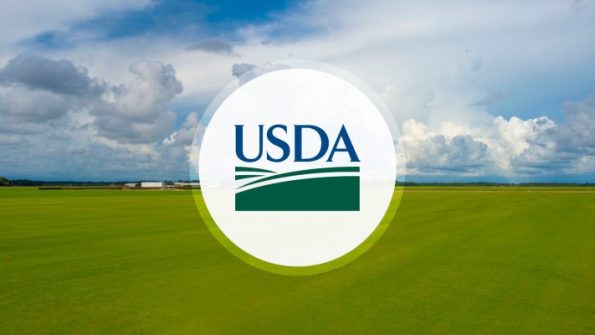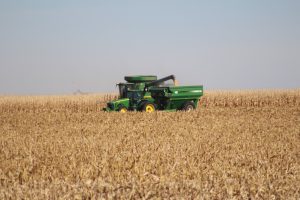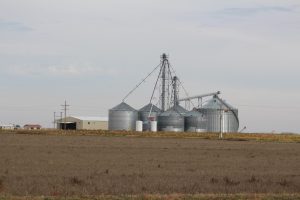USDA Reminds Producers to File Crop Acreage Reports by July 17, Use New Online Map Features on Farmers.gov

Agricultural producers who have not yet completed their crop acreage reports after planting should make an appointment with their local U.S. Department of Agriculture (USDA) office before the applicable deadline, which for many places and crops is July 17. USDA’s Farm Service Agency (FSA) also reminds producers with login access to farmers.gov of several features that can help expedite acreage reporting, such as the ability to view, print and label maps.
“Regardless of the size of your operation or its location – rural or urban – filing an accurate and timely crop acreage report is an important step in receiving USDA program benefits, including safety net, conservation, and disaster assistance support,” said FSA Administrator Zach Ducheneaux. “Once you’re finished planting, please call your FSA county office to make an appointment to report your acres. While you’re there, you can also check with your local FSA staff to see if there are any other program applications that can be completed during the same office visit. Additionally, if you have a farmers.gov profile or if you’d like to create one, log in to prepare your maps to save time.”
An acreage report documents the crops grown and their intended uses. Filing an accurate and timely acreage report for all crops and land uses, including failed acreage and prevented planted acreage, is necessary to participate in many USDA programs. July 17 is a major deadline for most crops, but acreage reporting deadlines vary by county and by crop.
Producers should also report crop acreage they intended to plant but were unable to plant because of a natural disaster. Prevented planting acreage must be reported on form CCC-576, Notice of Loss, no later than 15 calendar days after the final planting date. Final planting dates are established by FSA and USDA’s Risk Management Agency (RMA) and vary by crop, planting period and county.
How to File a Report
Producers can contact their FSA county office for acreage reporting deadlines that are specific to their county.
To file a crop acreage report, producers need to provide:
- Crop and crop type or variety;
- Intended use of the crop;
- Number of acres of the crop;
- Map with approximate boundaries for the crop;
- Planting date(s);
- Planting pattern, when applicable;
- Producer shares;
- Irrigation practice(s);
- Acreage prevented from planting, when applicable;
- Other information as required.
Acreage Reporting Exceptions
The following exceptions apply to acreage reporting dates:
- If the crop has not been planted by the acreage reporting date, then the acreage must be reported no later than 15 calendar days after planting is completed.
- If a producer acquires additional acreage after the acreage reporting date, then the acreage must be reported no later than 30 calendar days after purchase or acquiring the lease. Appropriate documentation must be provided to the county office.
- Noninsured Crop Disaster Assistance Program (NAP) policy holders should note that the acreage reporting date for NAP-covered crops is the earlier of the dates listed above or 15 calendar days before grazing or harvesting of the crop begins.
Farmers.gov Portal
Producers can access their FSA farm records, maps and common land units through the farmers.gov portal. Through a new mapping feature, producers can import and view other shapefiles, such as precision agriculture planting boundaries. This allows producers to view, save, print and label their own maps for acreage reporting purposes. To access mapping features and other helpful on-line tools, producers need level 2 eAuth access linked to their Business Partner customer record. Visit farmers.gov/account to learn how to create a farmers.gov account.
In addition to mapping tools, a farmers.gov account offers a variety of self-service opportunities for FSA and Natural Resources Conservation Service (NRCS) customers, including managing FSA farm loans and NRCS conservation contracts.
Video tutorials, including how to use mapping tools, are available on the farmers.gov YouTube channel. Learn more about a farmers.gov/account.









